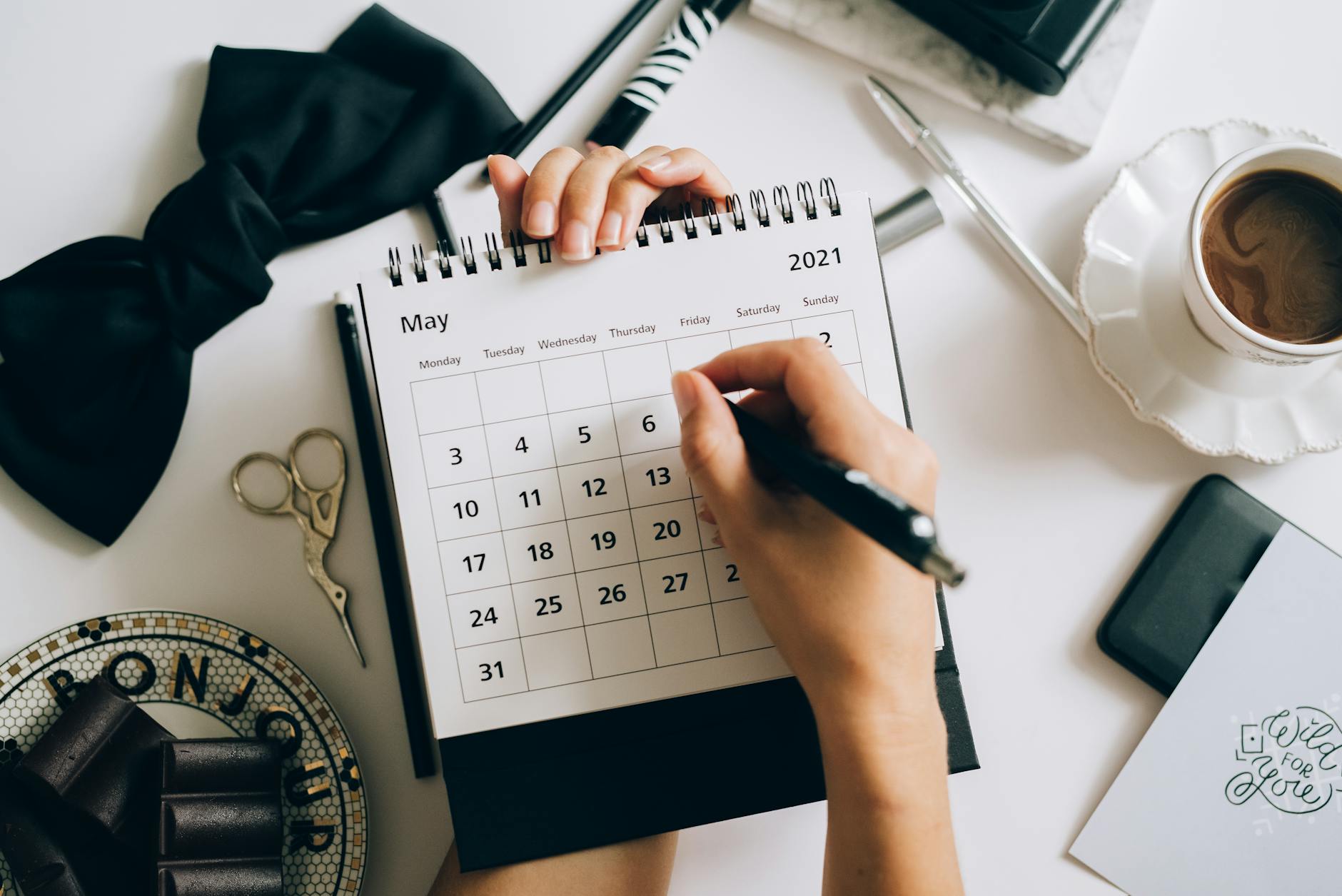What is personal productivity dashboard?

What is personal productivity dashboard?
In our fast-paced world, finding ways to manage time and tasks effectively is essential. This is where a personal productivity dashboard comes into play. By visually organizing your tasks, goals, and performance metrics, a personal productivity dashboard can help you stay on track and enhance your overall efficiency.
What is a Personal Productivity Dashboard?
A personal productivity dashboard is a centralized platform that aggregates various elements of your personal and work life. It integrates data from different sources to provide a clear overview of your tasks, goals, and time management. Essentially, it’s like having a control center for your productivity, allowing you to monitor your progress and make informed decisions about how to allocate your time and energy.

Photo by Leeloo The First
Components of a Personal Productivity Dashboard
A well-designed personal productivity dashboard typically includes several key components:
-
Task Lists: These are your to-do items organized by priority or deadlines. They help you keep track of what needs to be done.
-
Performance Metrics: Track your progress over time with metrics like completed tasks, time spent on activities, and overall goal achievement.
-
Visual Aids: Charts, graphs, and color-coded indicators can help you quickly gauge your productivity levels and spot trends.
How Personal Productivity Dashboards Work
These dashboards work by pulling data from various tools and applications you already use—like calendars, task managers, and project management software. The dashboard compiles this information into a single view, allowing you to see how you’re spending your time and where adjustments might be needed.
Benefits of Using a Personal Productivity Dashboard
Utilizing a personal productivity dashboard offers several advantages that can enhance both personal and professional life.
Enhanced Time Management
One significant benefit is improved time management. By visualizing your tasks and deadlines, you can prioritize better and avoid the overwhelm that often comes with a long to-do list. It allows you to see what’s urgent and important, helping you focus on what truly matters.
Improved Goal Tracking
A personal productivity dashboard also aids in goal tracking. Whether personal or professional, it helps you set measurable goals and monitor your progress toward achieving them. This visibility keeps you accountable and makes it easier to adjust your plans as needed.
Increased Motivation and Accountability
Visual feedback from your dashboard can significantly boost motivation. When you see your progress laid out in front of you, it encourages you to keep going. Additionally, knowing you have a system to track your commitments can instill a sense of accountability, pushing you to follow through on your plans.
Popular Personal Productivity Dashboard Tools
Several tools can help you create and maintain an effective personal productivity dashboard.
Trello
Trello is a user-friendly project management tool that can double as a productivity dashboard. Its card-based system allows you to create boards for different projects, where you can track tasks, due dates, and progress. The visual layout makes it easy to see what’s on your plate at any given time.
Notion
Notion is incredibly versatile, functioning as a note-taking app, project management tool, and personal productivity dashboard all in one. With customizable templates, you can design your dashboard to fit your specific needs and workflow. It allows for seamless integration of notes, tasks, and databases, making it a favorite among productivity enthusiasts.
Todoist
Todoist is another popular choice for managing tasks and tracking productivity. Its intuitive interface allows users to create tasks, set priorities, and track deadlines effortlessly. With features like recurring tasks and project labels, it can serve as a robust personal productivity dashboard.
How to Create Your Own Personal Productivity Dashboard
Creating a personalized productivity dashboard doesn’t have to be daunting. Here’s a step-by-step guide to get you started.
Identifying Your Needs and Goals
Before diving into tools and design, take a moment to reflect on what you want to achieve. What are your main productivity challenges? Do you struggle with time management, goal setting, or staying organized? Identifying these needs will help you tailor your dashboard effectively.
Selecting the Right Tools
Choose tools and applications that align with your workflow. Consider options like Flocus, which offers a beautiful way to consolidate your tasks and calendar into one platform. Evaluate a few different options and see which one resonates with your style of working.
Designing the Dashboard Layout
Once you’ve selected your tools, it’s time to design your dashboard. Keep it simple and user-friendly. Organize sections logically—task lists can be placed at the top, followed by performance metrics and visual aids. Make sure it’s easy to navigate, so you can focus on using it rather than figuring it out.
Conclusion
A personal productivity dashboard is a powerful tool that can transform the way you manage your time and tasks. By integrating various elements of your life into one visual platform, you can enhance your productivity, stay organized, and achieve your goals. I encourage you to explore how a personal productivity dashboard can fit into your routine and help you maximize your efficiency.